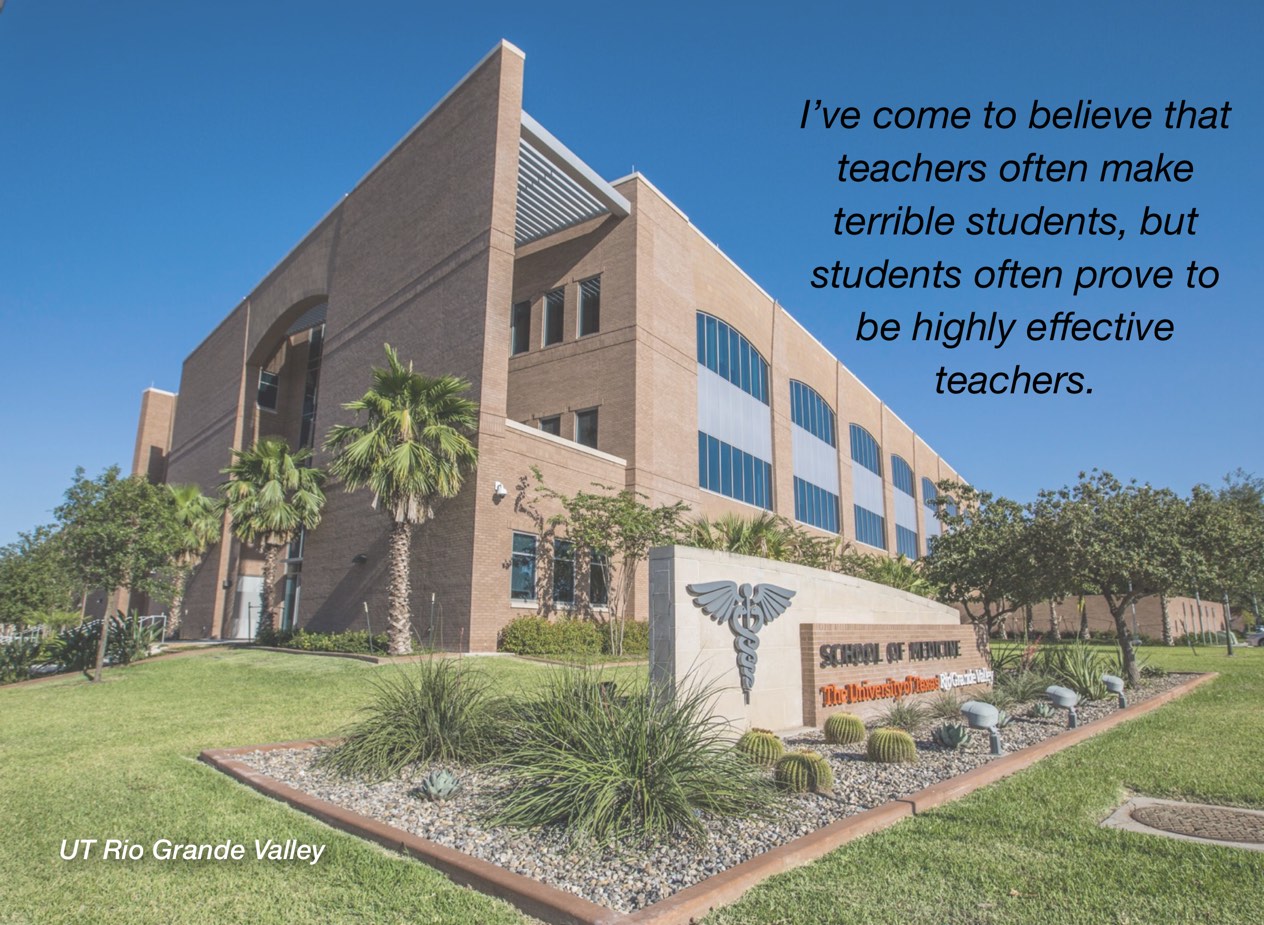23 To Group or Not to Group


Mary Lynn Crow
Yes, that is the question! Some professors rave about the amazing results that occur when students in small groups engage in interesting and productive discussions, but other professors complain that such grouping is a waste of precious class time that could otherwise be spent in more useful endeavors. Both are true. When properly designed and structured, the small-group process in the university classroom can allow participants to operate at the highest levels of Bloom’s Taxonomy, but ill-formed and poorly designed groups really can be a waste of time and leave everyone unhappy.
Imagine a freshman student in a large class being asked to answer aloud a thought-provoking question, or a shy international student being required to examine the assumption beneath a principle being espoused, again in front of everyone. The student has two issues to grapple with – his attempt to think about and respond appropriately to the question, and his potential anxiety about speaking in front of the class, particularly if it is large. I recently talked to an international undergraduate who said his heart pounded so hard when he had to speak aloud to the rest of the class that he was unable to speak at all. That might be an extreme case, but the point is that it is easier for most students to talk openly and spontaneously with three to six other students than in front of an entire class.
Reasons small groups fail include a lack of experience by the students in how to interact without being either dominating or silent; not having everyone clearly understand the purpose or goal to be accomplished and the time limit for doing so; failure of the professor to walk among the small groups as they are interacting to be sure everyone is on task; failure to provide the opportunity for the groups to report to the full class in some appropriate way; and, finally, failure to make sure that the chairs and desks of the members are all facing one another. Suggestions to make small groups even more effective are to appoint a facilitator for each group along with a brief job description of what a facilitator does, to provide paper copies of the case or the problem to each group, and to determine in advance the composition of each group. Although the easiest way to create groups is just to count off by the total number of groups to be formed, it is sometimes useful to create them in other ways – by experience, by majors, by ability, and so on.
Another problem that can be encountered is how to measure or evaluate the work that students do in the small groups. If the groups are being used only to break up interactive lectures, this activity in itself is valuable. If, however, the groups are assigned problems, projects, or cases, as in problem-based learning, grading can be more challenging. A good solution is to give both a group grade on the overall product and an individual participation grade on the total contribution each student made to the group’s outcome. Published forms are available that allow group members to make judgments on the contributions of individuals.
Finally, it is useful for the professor to be prepared to justify to the class that, in most jobs, there will be the requirement to work collaboratively with others to make plans and solve problems. Interacting effectively in small groups at the university level is a great way to develop skills needed for many future endeavors.


Chapter 28 Commentary: Art Brownlow
“As an advocate of team-based learning, I found Mary Lynn Crow’s discussion of best practices not only beneficial, but also a good reflection of the research in this field. In “The Essential Elements of Team-Based Learning,” Michaelsen and Sweet (New Directions for Teaching and Learning, no. 116) identify these four essential elements of team-based learning:
• Groups (must be properly formed and managed)
• Accountability (students must be accountable for the quality of their work)
• Feedback (students must receive frequent, timely feedback)
• Assignment design (must promote both learning and team development)
Make no mistake about it, team-based learning involves effort, especially when embracing these elements. I find in my application of team-based learning, I struggle most with group formation and accountability. Each semester, it seems there is a team that doesn’t quite click, despite my efforts to put together diverse groupings of students. And, although in class I continually move from group to group guiding the process, I still find inequities in the distribution of teamwork.
Even though I find I must work on these aspects of team-based learning, the rewards are great. Through teamwork, my students arrive at answers and a degree of comprehension that would not have been possible individually.”

